2014 in retrospect
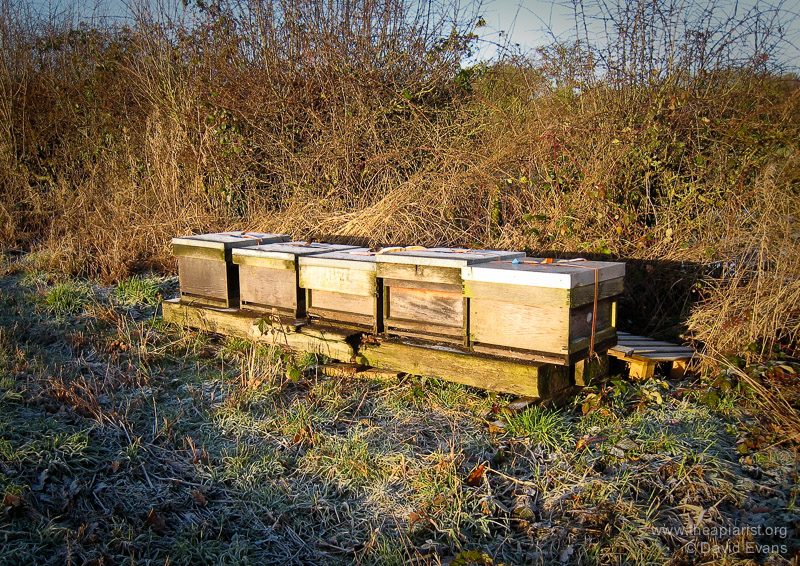
Hives in the frost
2014 was a pretty good year for beekeeping. The winter was not overly long or cold and colonies came through it in good condition. Spring was cool and damp – although colony build up was about normal it was difficult to find good enough weather for inspections. Despite the weather the OSR yielded well. The summer flows were good, with excellent lime and blackberry which persisted for a long time (and necessitated frantic frame and super assembly in mid-summer). I took the honey harvest off in mid-August but – in retrospect – should have left it longer to get more from the himalayan balsam. The autumn ivy was excellent, with the bees working it here until at least mid-November. I’ve ended the season with more honey than I’ve had in the last 4 years, a dozen strong colonies and some overwintering nucs. As always, some things went well and some things went badly (or at least, less well) and I hope I’ve learnt from both.
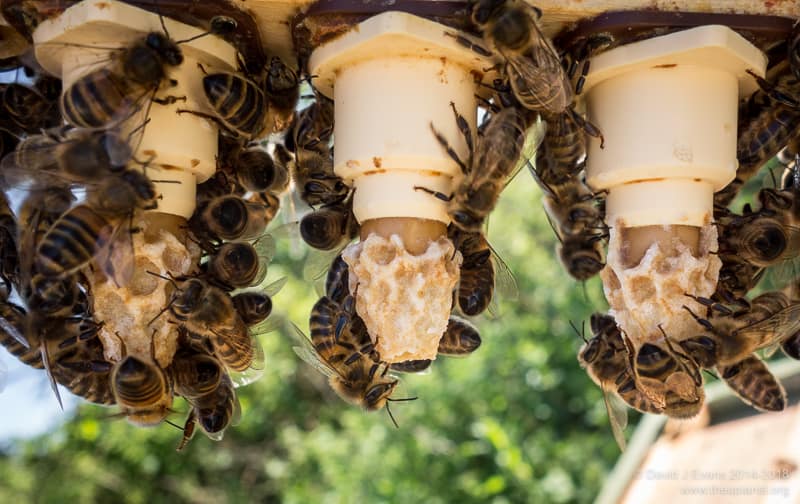
Three day old grafts
Queen rearing was patchy to say the least. This was entirely my fault. Although I achieved consistently high ‘take’ rates for grafting my work commitments meant I lost a couple of batches of queens by not caging the cells early enough. With queen rearing, timing is critical. I used a mixture of Kieler mini-nucs and 3 frame nucs for queen mating, losing some of the former to wasps and – stupidly – getting a 50% return of mated queens from the latter because the plastic crownboard (pinned down along the central wooden divider) buckled or stretched from the heat of the colony allowing one of the virgin queens to slaughter the other. D’oh! Needless to say, this is being fixed for the 2015 season.
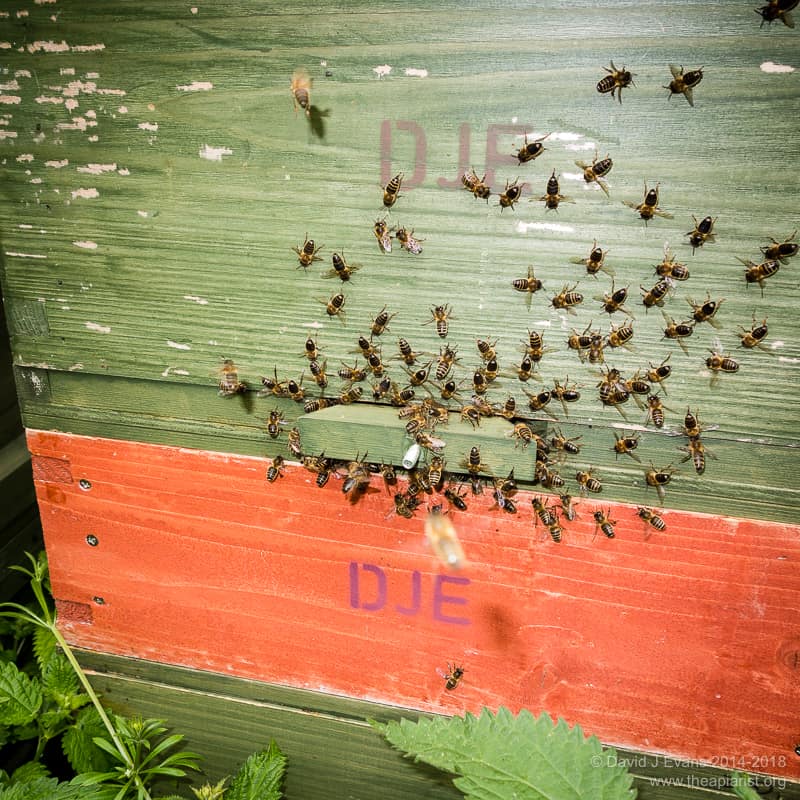
Morris board …
On a more positive note both preventing and capturing swarms went very well. The combination of clipped queens and prompt use of the Demaree method kept my production colonies under control and I’m only aware of losing one swarm from an over-stuffed 5 frame nuc early in the season. I increasingly favour the Demaree system (or versions of it, such as the use of a Morris board) for swarm control – it requires minimal additional equipment and keeps the colony together. My bait hives for capturing swarms worked well, particularly as I’ve learnt the best way to set them up is to use foundationless frames. The incoming swarm has somewhere to build immediately and they only need to be checked every few days. The combination of a nail gun (for frame assembly) and foundationless frames was a revelation – the former slashing frame building times and the latter providing the obvious benefit of reduced foundation costs, and a number of less obvious (but greater) benefits in terms of improved colony vigour.
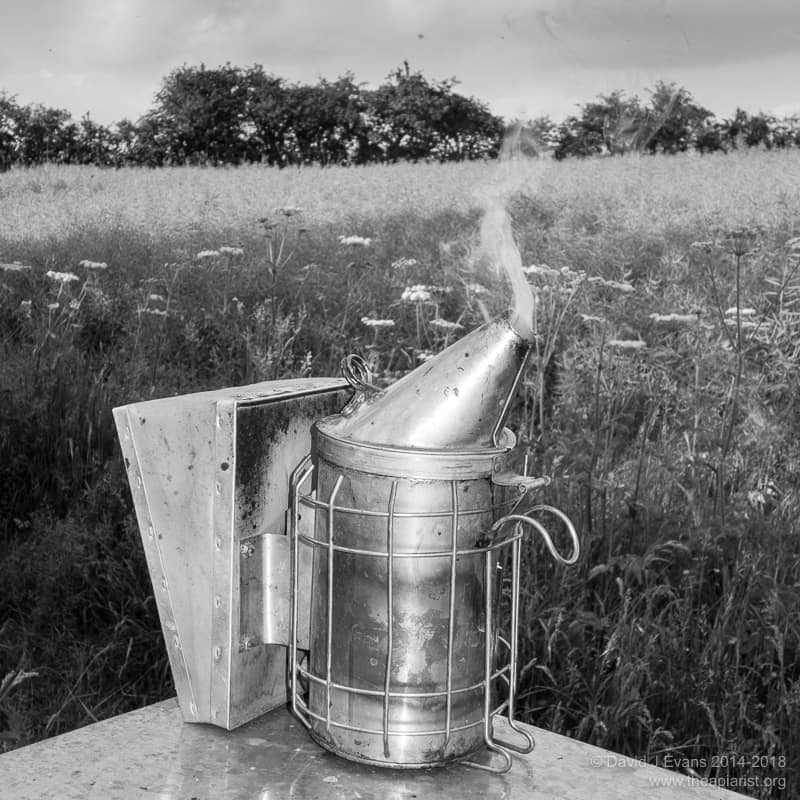
Smoker
The first inspections of the 2015 season are still several months away so there’s ample time yet for preparation. This includes painting several more poly nucs, frame building and wax filtering. I’ll make an annual batch of mead in the hope that – one year – it will be drinkable. Beekeeping is too dependent upon the vagaries in the weather to make definitive plans or resolutions. However, I do intend to experiment with upper entrances during Bailey comb changes and Demaree swarm control, to use more foundationless super frames and to overwinter more nucs for the 2016 season.
Finally, this website has been running for about a year. Looking at the visitor stats it’s clear that the most popular posts have been on honey warming cabinets and Paynes poly nuc boxes (though in fairness, these were also some of the earliest posts), with visitors from over 100 countries in total. I hope you found something useful here.
Happy New Year
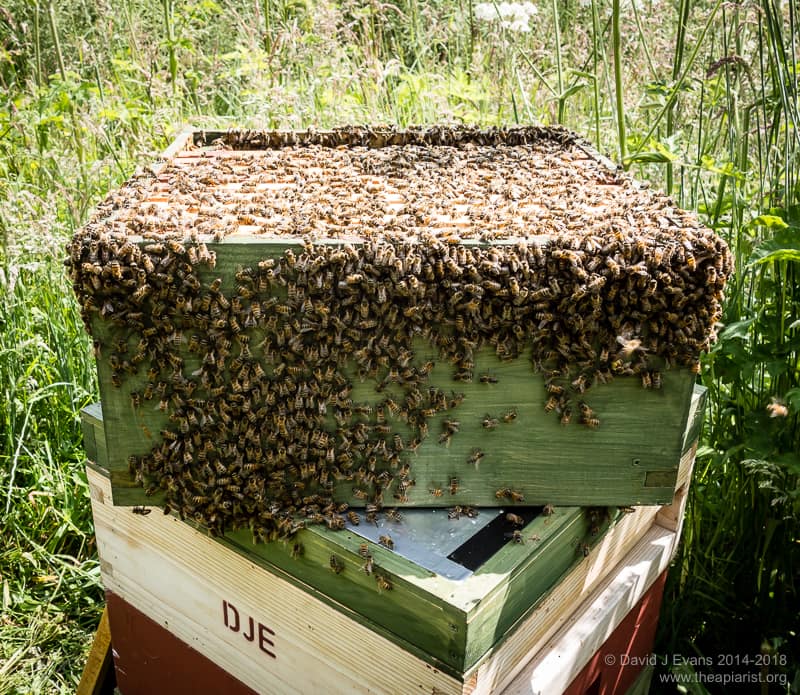
Memories of midseason
Join the discussion ...